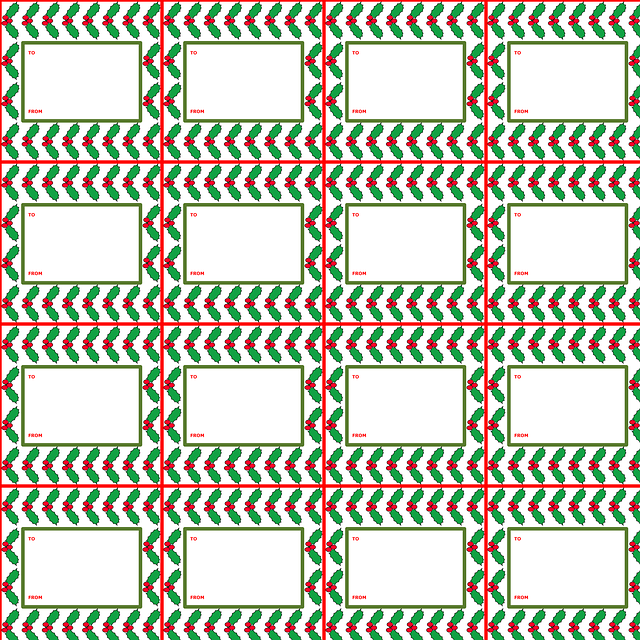Skin tags, caused by various factors, require safe removal to prevent infections and maintain skin health. Leeds Tag Removal, a quick office procedure, is suitable for smaller tags. Larger tags may need cryotherapy for permanent solutions with minimal scarring. At-home methods vary from over-the-counter removers to cryo-treatment, emphasizing safety and professional consultation for complex cases.
Looking to remove skin tags safely in Leeds? This comprehensive guide explores best practices for eliminating these harmless but unsightly growths. We delve into the causes, types, and risks associated with skin tags, highlighting why safe removal is crucial. From common methods like cryotherapy to at-home solutions, we cover everything you need to know. Learn about professional Leeds tag removal options, potential precautions, and essential aftercare tips for achieving successful, lasting results.
- Understanding Skin Tags: Causes and Types
- Why Safe Removal is Essential
- Common Methods for Tag Elimination
- Best Practices for At-Home Removal
Understanding Skin Tags: Causes and Types
Skin tags, also known as acrochordons, are small, soft, benign growths that appear on the skin. They are usually flesh-coloured or slightly darker and can vary in size from a few millimetres to a couple of centimetres. These tags are typically harmless but may cause discomfort or self-consciousness for some individuals. Understanding their causes and types is essential when considering Leeds Tag Removal.
Several factors contribute to the development of skin tags, including genetics, age, hormonal changes, obesity, and friction or irritation of the skin. They often occur in areas where skin rubs against itself, such as the neck, armpits, groin, and ankles. There are different types, including skin-to-skin tags, which are most common, and those that grow from a pilonidal cyst or keratosis pilaris. Recognising these variations can help individuals choose the most suitable removal method for their specific case.
Why Safe Removal is Essential
Skin tags, though often harmless, can be a source of embarrassment or discomfort for many individuals. Therefore, safe removal is essential to ensure not only the prevention of potential infections but also to maintain the integrity and health of your skin. In the quest for Leeds Tag Removal, it’s crucial to understand that improper attempts at removal can lead to skin damage, bleeding, or even scarring. Professional services offering Leeds Tag Removal are equipped with the necessary tools and expertise to handle these delicate situations safely.
Choosing a reputable and licensed provider for Leeds Tag Removal ensures that you receive treatment using sterile equipment and in a hygienic environment. This reduces the risk of complications and minimizes post-removal irritation or discomfort. Safe removal practices not only offer peace of mind but also maintain the overall health and appearance of your skin, ensuring that any lingering tags are eliminated without leaving behind unsightly scars or marks.
Common Methods for Tag Elimination
There are several common methods employed for skin tag elimination, each with its own merits and considerations. One popular approach is Leeds Tag Removal, which involves a simple yet effective procedure where a specialist uses precision tools to cut or burn off the tags. This method is often preferred for smaller, less sensitive areas as it’s relatively quick and can be done in an office setting.
Another widely used technique is cryotherapy, commonly known as freezing. This process employs liquid nitrogen to freeze and destroy the skin tags. It may cause temporary redness or itching but is generally well-tolerated. Cryotherapy is suitable for larger tags and those in more visible areas, offering a permanent solution with minimal scarring. Each method has its advantages, and the choice often depends on personal preference, the size and location of the tags, and the individual’s comfort level.
Best Practices for At-Home Removal
When considering Leeds Tag Removal at home, it’s crucial to approach the process with caution and an understanding of the best practices. The first step is cleanliness; always ensure your hands and the affected area are thoroughly cleaned before attempting any removal method. This prevents introducing bacteria that could cause infection. Additionally, sterilize any tools or materials used for the procedure to maintain hygiene standards.
Choosing the right technique is paramount. Some common at-home methods include using over-the-counter tag removers, bandages, or even duct tape. However, for more persistent tags, it’s best to opt for safer alternatives like freezing with liquid nitrogen (cryotherapy) or using a scalpel under direct medical supervision. Remember, DIY approaches carry risks, so prioritize safety and consider professional advice for complex cases of Leeds Tag Removal.
When considering Leeds Tag Removal, adopting safe practices is paramount. Understanding the causes and types of skin tags empowers individuals to make informed decisions. By exploring common elimination methods and best at-home practices, you can confidently navigate tag removal, ensuring a comfortable and successful outcome without complicating your skin’s health.
